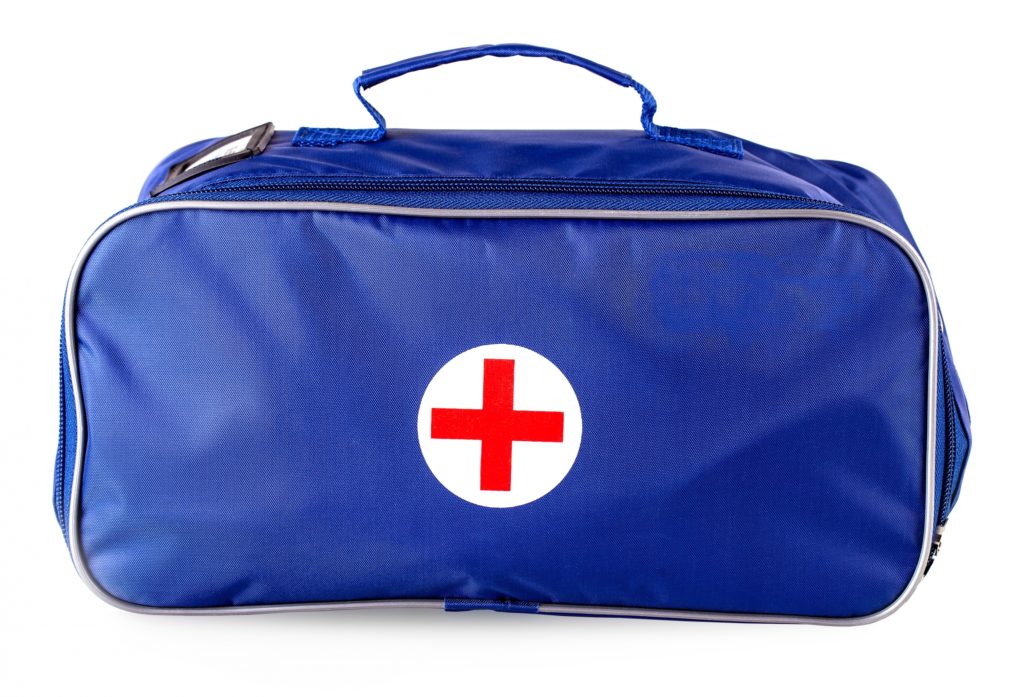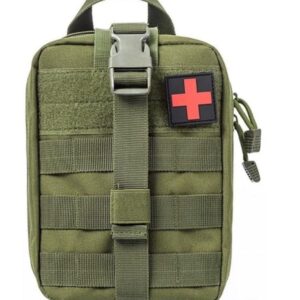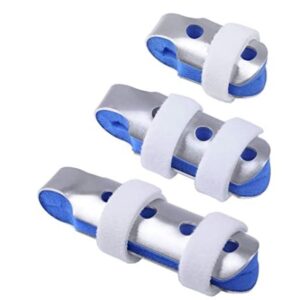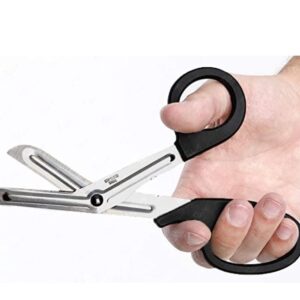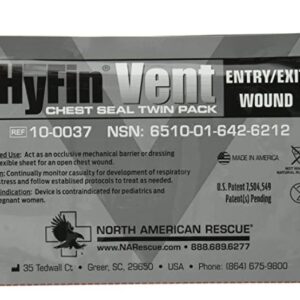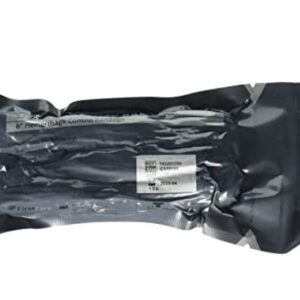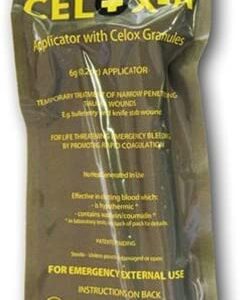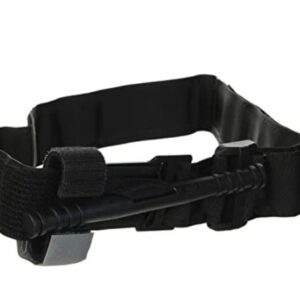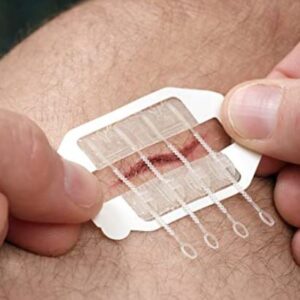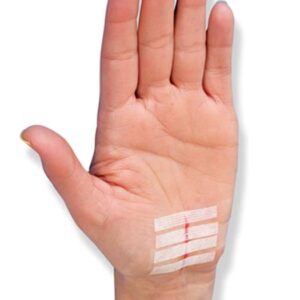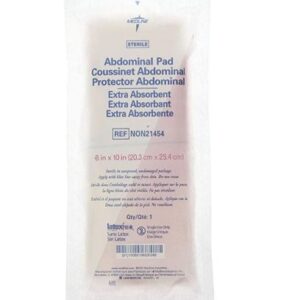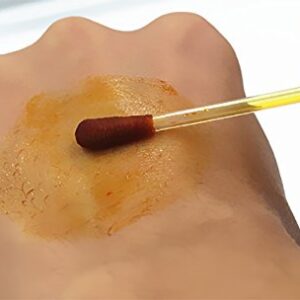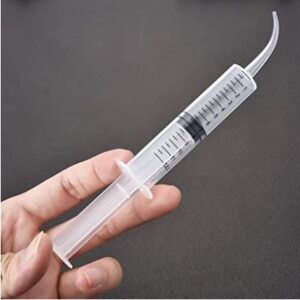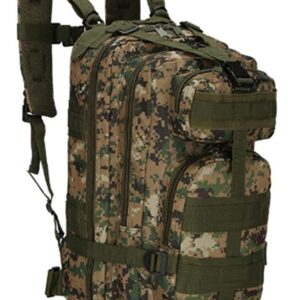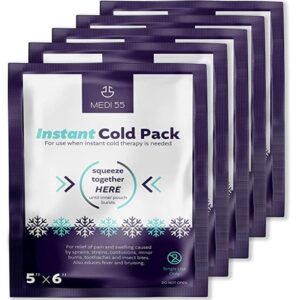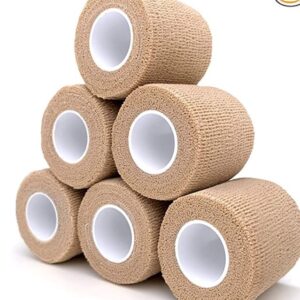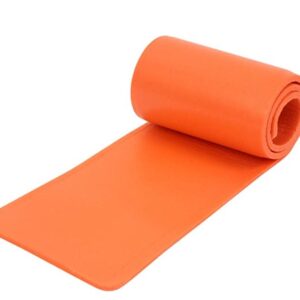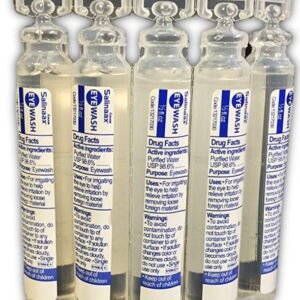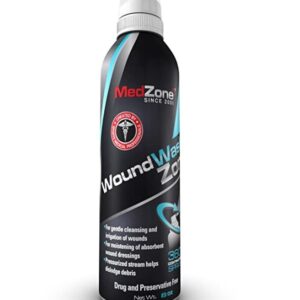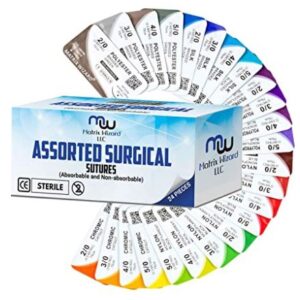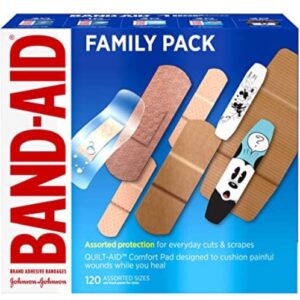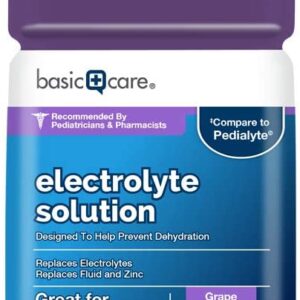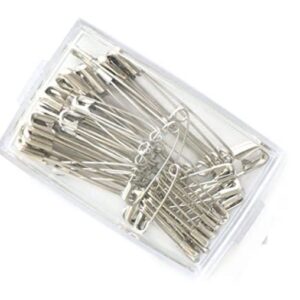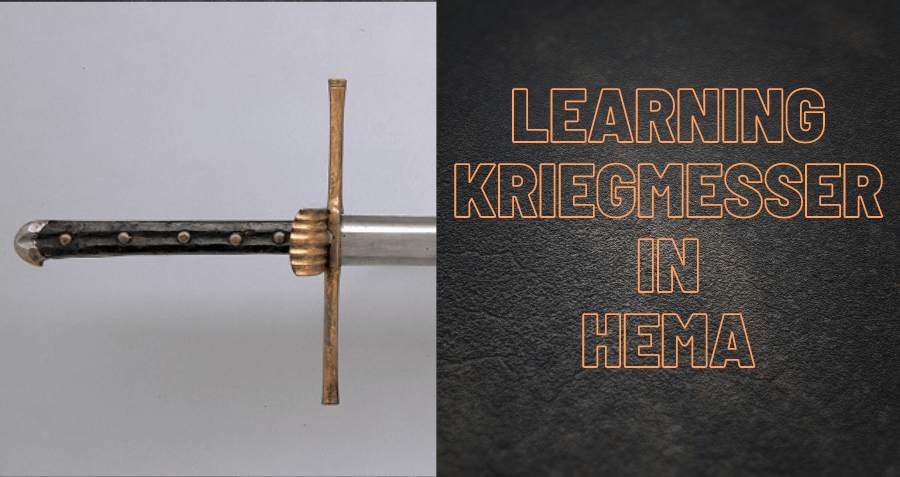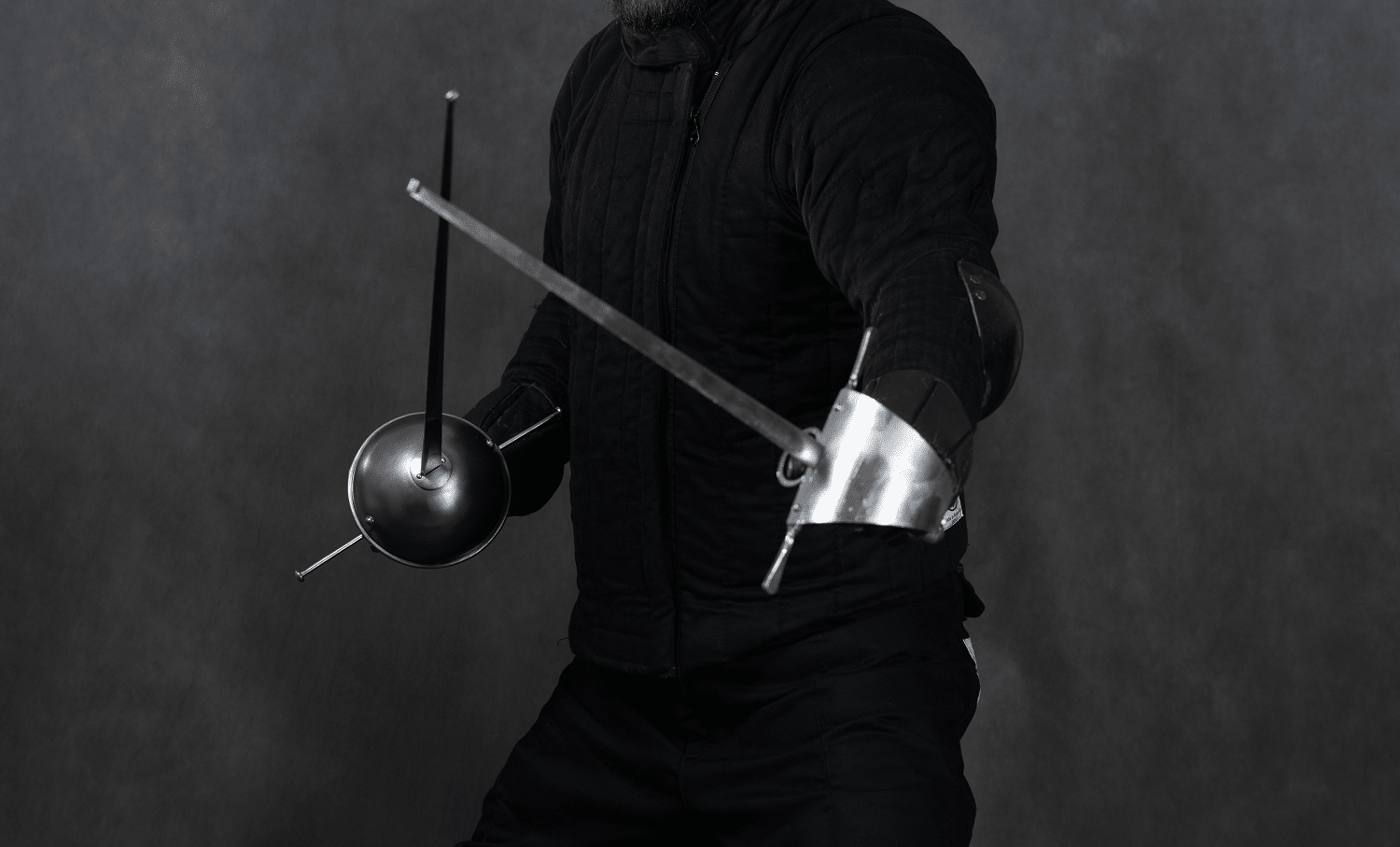This guide has been created to provide some useful information and pointers on how to create a first aid bag to deal with traumatic wounds that could happen while engaging in the practice of Historical European martial arts (HEMA) sword fighting.
Injuries should be rare, but injuries are a consequence of sports. Even the best of preventive measures are just that — preventive. There is no way to make any sport 100% safe.
The reality is that swords are a weapon that were designed for one purpose and one purpose only; to kill people. They are very effective at doing this task and although we primarily practice with blunted weapons in HEMA it is important to never forget that we are practicing arts which specialize in how to kill other people.
This means we must be prepared for when accidents happen that can result in injuries. And they do indeed happen. Sometimes because of carelessness but even the best of intentions and plans can go awry if someone makes an unintentional mistake. This is just the nature of combat arts.
While many martial artists get used to the activity of engaging in combat and don’t feel threatened by bladed weapons the fact of the matter is that swords aren’t safe. The act of fencing has inherent danger to it. While the protective gear and policies we construct at clubs significantly reduce the danger of serious maim and injury from 100% chance of death to probably around less than 1% chance of seriously being injured while engaging in HEMA, the fact remains that sword fighting will never be a 100% safe activity. Just as engaging in other contact sports like boxing, football, karate and other activities are never 100% safe activities, either.
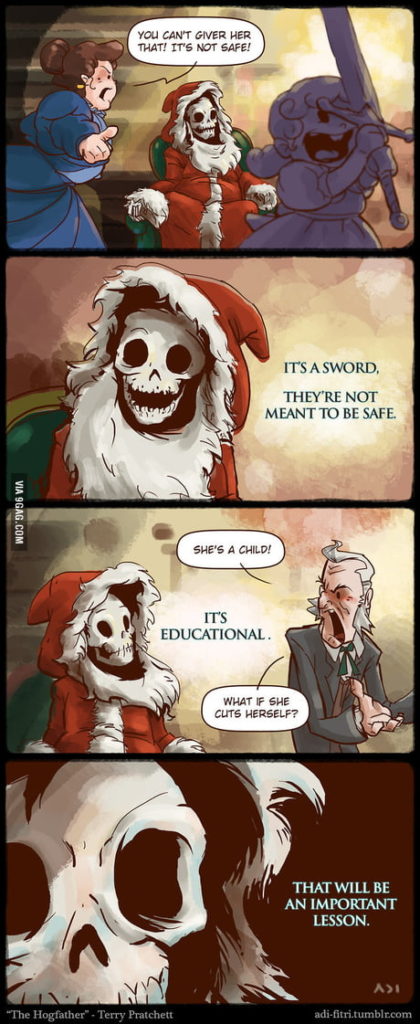
Just because injuries can be preventable doesn’t mean they necessarily will be preventable 100% of the time.
It is common in all other sports for people to have first aid kits suited to the types of injuries common in their sports. Likewise it behooves us to devise and carry kits intended to deal with injuries that can arise in our sport, too. As we are dealing with bladed weapons that while blunt can still be quite lethal if used carelessly it’s critical we take necessary precautions to ensure we have medical supplies to deal with traumatic injuries. A bent in fencing mask can cut a person’s face, even their eyes. A broken feder blade can go flying and stab a spectator. Gloves can fail and result in a broken hand.
You could go years of a club regularly practicing without anyone ever experiencing a major injury but here’s the thing about first aid; when you need a trauma kit you’ll really wish that you had one ready and available. It can be the difference between dying and surviving.
This guide has been created to encourage HEMA fencers to carry wound trauma kits in their gear and to learn how to use them. This might very well save you or someone else’s life.
The kind of wound kit we will be creating is based on that used by soldiers in the US Army.
We’re also going to have two kits here; a smaller one for personal usage that can easily fit into a gym bag, and a larger one that is good to keep at your club.
Personal Trauma Kit
Rip away pouch: These bags are designed for military usage, specifically optimized to make it easy for one hand opening and for the items to be organized in a way that makes them all quickly accessible. You can easily fill this bag with all the items recommended in this list and then keep it in your gym bag for when it is needed.
Tourniquet: You may never suffer a serious injury to a major vein in your legs or arm, but if you do a tourniquet may be the only way to stop the bleeding. We recommend a military combat style tourniquet that can be self-applied with one hand.
Finger and Thumb Splints: Injuries to the fingers and thumbs are one of the most common serious injuries encountered in HEMA. These splints will help keep broken fingers and thumbs in place while they heal.
EMT Shears: These are useful for cutting dressings but also for cutting away parts of t-shirts or pants that may be difficult to remove if someone has a broken arm or leg, or a piece of bone protruding. These likely won’t work on something like a SPES jacket though.
Israeli Bandage Battle Dressing: This bandage is specifically designed to deal with deep profusely bleeding wounds that require a hemorrhage control compression bandage. These are commonly used by soldiers to deal with gunshot wounds but will also work with any kind of deep penetrative wound. Generally you won’t need to carry a roll of gauze if you have one of these.
Hyfin Vent Chest Seal: We hope you never have a penetrating chest wound but if you do, this chest seal can save yours or someone else’s life. A chest wound will de-pressurize the chest cavity and make it impossible for the person to breath. This will allow for re-sealment.
Celox Blood Clotting Powder: If for some reason a wound is bleeding profusely and neither a tourniquet nor bandage can be applied, this powder applied directly into the wound will generally stop the bleeding within a few minutes and give more time to get to a hospital emergency room.
Triangular bandage with two safety pins. Used for making arm slings, cravat bandage or cover for a head wound dressing.
Nexcare Steri-Strip Skin Closure. When you get a cut from a steel bur on a blade you’ll want to close it up and a normal bandage may not work.
ZipStitch Wound Closures: If you have a cut that is so deep you need stitches it can be difficult to do it yourself, or get someone else to do them for you. This little device makes it much easier and far less painful to do for small deep cuts and can be self-applied.
Abdominal pad: Having a large sterile pad to cover any injuries to the torso is an important part of any first aid kit. The pads are very absorbent and can be used to treat any large wound.
Iodine swabs: Use these to sterilize any deep cuts that aren’t too big. The sticks tend to be cheaper than the wet napkin packages and easier to apply into a deep wound.
Dental syringe: These don’t have needles; the purpose is to use soapy hot water to wash a wound of any foreign material that could be lodged in it before dressing the wound to reduce the chance of infection.
-
Finger Splints: 3-Size Pack
-
EMT Medical Trauma Shears
-
Hyfin Vent Chest Seal, 2 Count
-
Israeli Bandage Battle Dressing
-
Celox Blood Clotting Granule Applicator and Plunger Set
-
CAT Combat Application Tourniquet
-
ZipStitch Laceration Kit
-
Nexcare Steri-Strip Skin Closure, 1/4 Inch X 4 Inch, 30 Pack
-
Sterile Abdominal Pads, Pack of 18
-
Disposable Iodine Swab, 100 pieces
-
Dental Syringe Dental Irrigation Syringe with Curved Tip, 8 pack
Club Trauma Kit
We recommend that you purchase a medium sized military style MOLLE backpack for your First Aid kit, since it is very portable and if necessary you can add additional MOLLE pouches to it. You can also stick a first aid morale patch on it to make it easier to identify as a medical kit bag.
All of the same items as in the personal kit, with these additions to cover additional people and more serious injuries:
MedZone Wound Wash: A spray of saline solution makes it easier to clean out any debris or pathogens that might be in a wound.
Aluminium splint: It’s important that fractured and broken bones are splinted as soon as possible to prevent further displacement that can lead to more serious damage. It’s possible to avoid expensive surgery if a splint is applied quickly to fractured arm or leg bones.
Cohesive bandage wrap: Helps keep splints on, and other kinds of bandages, and can also be used to reinforce a sprained wrist or ankle.
Band Aids Variety Pack: A box of regular band-aids of multiple sizes. You’ll likely use these more than anything.
Eyewash Solutions: These make it easier to clean out the eyes if something becomes lodged in them, ranging from dirt to metal shavings.
Instant ice packs: These don’t need to be refrigerated and can be used instantly to relieve bruising, spraining and muscle soreness.
Assorted surgical sutures: If someone has a very deep wound that is bleeding profusely and nothing else is working, sometimes the only way to stop the bleeding is to sew the person up. This should only be done by someone with some training in how to sew a suture but even if another member of your club has that training, their skill is useless if you don’t have sutures to begin with.
Assortment of safety pins: Safety pins are necessary to pin bandages into place and having an assortment of multiple sizes is very useful as they are multi-purpose.
Electrolyte solution: This has a larger amount of electrolytes than Gatorade. If you have someone in the early stages of heat exhaustion having them drink this should result in an almost immediate recovery.
Latex gloves: You probably don’t want to touch a person’s blood with your skin directly. These aren’t listed here for sale as they will be more economical to purchase from a dollar store near you.
-
Instant Cold Packs, 24 pack
-
Cohesive Bandage Wrap
-
Universal Aluminum Splint, 3 pack
-
Salinaax Sterile Eyewash Solutions
-
MedZone Wound Wash
-
Assorted Surgical Sutures Thread with Needle, 24 pack
-
Band-Aid Variety Pack, 120 count
-
Basic Care Electrolyte Solution, 33.8 Fluid Ounces
-
Assorted Safety Pins, 4 Size, 100-Count
Some of these items, like the band-aids and the sterile eye wash, are small enough that a few of them can fit in a personal trauma bag, too but they have to be purchased in such bulk sizes that we decided to list them under a club kit.
Conclusion:
There are a lot of other things that could go into one of these bags that are more personal to your situation. For example we like to keep a baggy of Oxycodone and Docusate pills in our personal trauma bag, alongside some more standard pain killers like Tylonel, but the prescription and usage of drugs is something one needs to discuss with their doctor.
If you’d like to learn more information about historical fencing practices please check out our Learn HEMA page for a guide to learning about the historical weapon that interests you. You can also find more guides we’ve written about other topics at our Helpful Guides page. You can also join the conversation at our forums or our Facebook Group community.
